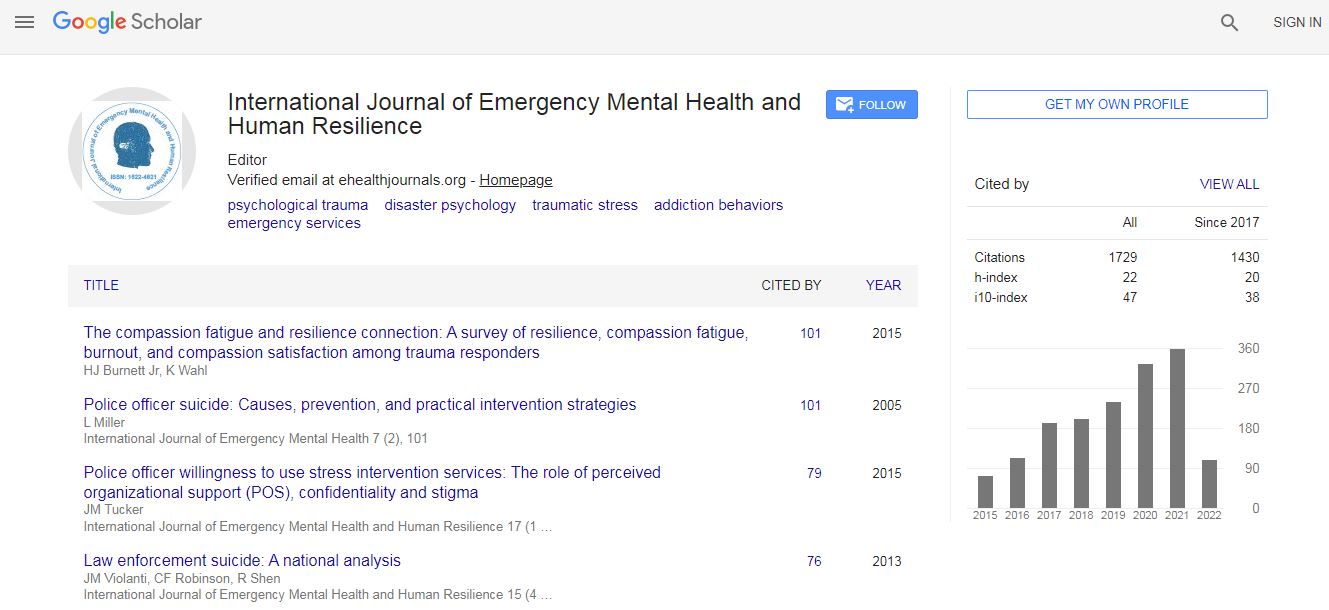Research Article
Development and Validation of A New Tool for Assessing Risk of Falls in Acute Psychiatric Settings
Valentina Morici1,Stefano Terzoni2, Paolo Ferrara2*, Anne Destrebecq32Tutor nurse, San Paolo Bachelor School of Nursing, San Paolo Hospital, Milan, Italy
3Associate Professor of Nursing, University of Milan, Italy
- *Corresponding Author:
- Paolo Ferrara
Tutor nurse, San Paolo Bachelor School of Nursing
San Paolo Hospital, Milan
Italy
Email: paolo.ferrara@asst-santipaolocarlo.it
Abstract
Background: Falls in hospitals are a global problem, due to their frequency and the consequences for the person, the operators, the organization. The literature shows that patients suffering from mental disorders, especially inacute settings, have specific characteristics that increase their risk. Two scales are available in literature for these patients, but one is not fully validated, and the other has unsatisfactory predictive validity. Furthermore, no tools exist in Italian.
Aim: To create and validate a tool, in English and in Italian, to assess risk to fall in patients hospitalized acute psychiatric settings. Materials and Methods: upon literature review, a new scale was created and administered to the patients of two psychiatric services in different Italian hospitals. Validity and reliability of the scale were assessed by means of factor analysis, content validity index, and Cronbach’s alpha coefficient.
Results: The scale consists of 11 items (CVI-S = 90.9%); 7 clinical experts have positively judged comprehensibility and the uniqueness of the items. 123 patients were screened (at admission, and after 24 and 48 hours), 10 of them reported falls; with a cut-off of 11 points, the scale showed 100% sensitivity and 80.2% specificity. Inter-rater reliability was high (Pearson's r = 0.93).
Conclusions: the new scale seems easy to use and capable of predicting falls in psychiatric patients admitted to acute hospital units.

 Spanish
Spanish  Chinese
Chinese  Russian
Russian  German
German  French
French  Japanese
Japanese  Portuguese
Portuguese  Hindi
Hindi 